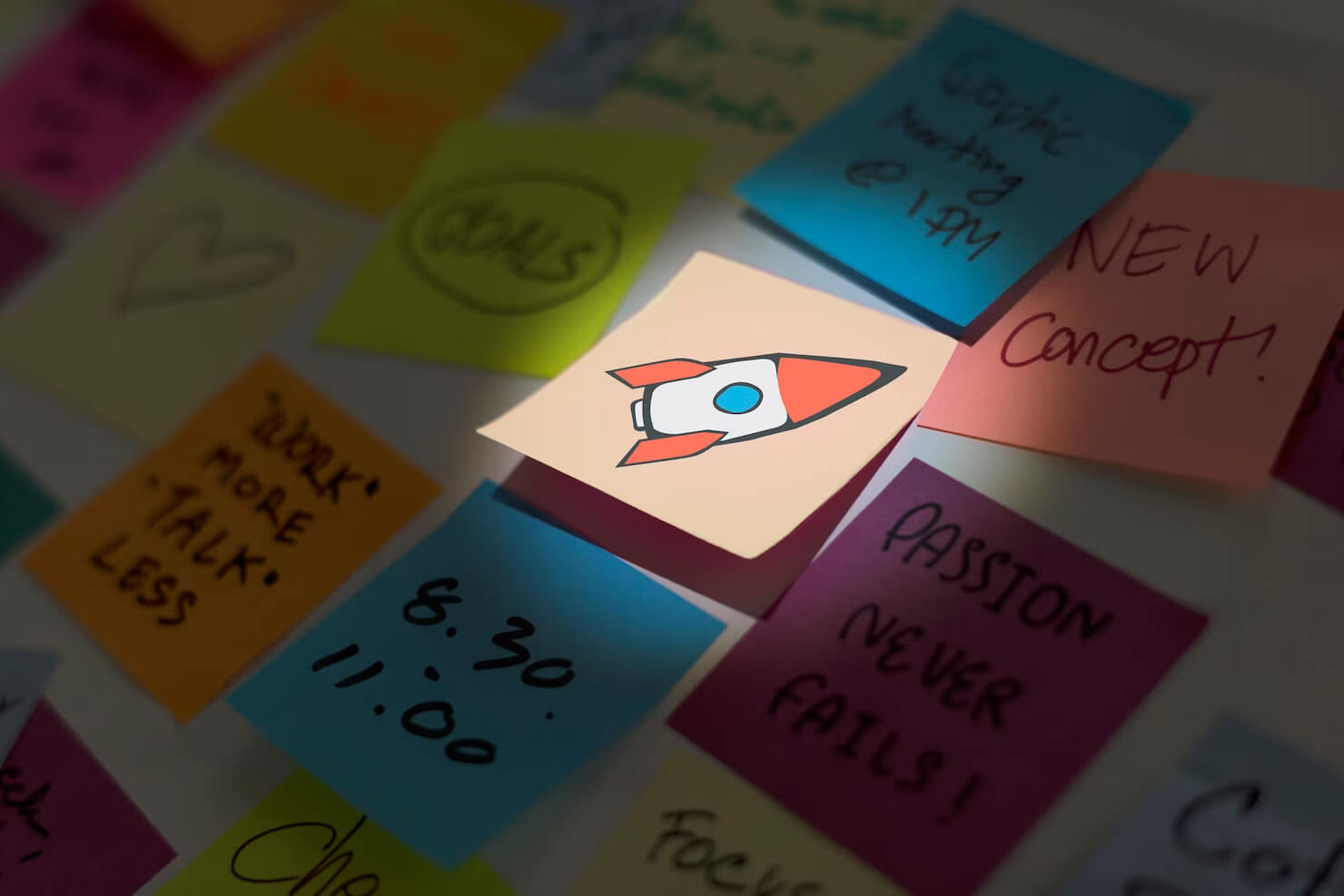Integrating augmented developers is a key step in the staff augmentation process. To ensure project success your in-house developers & temporary coders need to be able to happily work togther. Let’s see how simple integrating teams can be.

- 9 Steps to successfully integrate augmented software developers?
- Understanding the Role of Augmented Developers
- Steps for Onboarding Augmented Developers
- Tips for Collaborating with Augmented Developers
- How to Accomplish Team Goals with Augmented Staff
- Summary of how to integrate augmented coders from staff augmentation services
Integrating augmented developers with your in-house team members is vital to the success of your project and the growth of your company. Adding highly trained and experienced software developers to your in-house is something that can take your business to the next level.
Filling the skill gap that exists helps you able to expand the services you offer to your customers. Moreover, it can help increase the time to market for products that you are developing. Additionally, it can help empower your in-house team by providing new expertise and experience. Lastly, you will gain a fresh perspective to help better your projects.
Integrating augmented developers with an in-house team is a complex process that requires a great deal of planning, communication, and coordination. It is a process that must be done with caution and care in order to ensure success. So let’s check out some steps that can help you successfully integrate augmented staff with your in-house team members.
9 Steps to successfully integrate augmented software developers?
Let’s break down nine simple steps to integrating augmented programmers with your in-house team:
Step 1: Set clear expectations
The first step to integrating augmented developers is to set clear expectations for both the in-house team and the augmented developers. This can include:
- development targets,
- team collaboration,
- communication levels,
- and any other requirements.
Setting clear expectations for your augmented software engineers can help with productivity. They will understand what the project requires and what the company expects, this way there are no misunderstandings. Moreover, tasks get completed to your satisfaction and you are able to meet your deadlines.

Step 2: Show augmented staff your company culture
A big concern of many business owners is how will augmented teams fit in with the existing company culture. Over the years the emphasis on company culture has become huge in the IT industry.
Sometimes the process of hiring someone new can throw off the company culture if they are not selected properly. You want someone who has the right personality and interpersonal to best mesh with your team.
But once you have carried out your recruitment process and the person is the right fit, it’s important to share with him or her your company culture. This way they fit into it, as opposed to trying to ruin it.
Step 3: Onboard new team members the right way
Using staff augmentation to hire remote developers it’s important to onboard them properly. The onboarding process will help the new developer feel comfortable when working with your in-house development team.
Some vital steps in the onboarding process include:
- introducing them to internal processes & procedures
- introducing them to internal software that is used for development, organization, or communication
- giving new software developers the opportunity to learn about the project and various aspects of the company.
We will discuss in greater detail proper onboarding in the section below. So check it out.

Step 4: Give them a buddy from your development team
A key step in integrating new developers with your existing team is by assigning them a buddy. The buddy can help guide them along at the beginning phases of cooperation. An in-house developer can be there to answer questions. Moreover, they can help encourage team communication by directing the new developer who to contact with certain information.
Step 5: Introduce the departments in your company to augmented staff
A vital step is introducing the different departments in your company to any augmented staff. By doing so, the newly hired developer will know who to report to, who to ask questions to, etc.
They will have a bigger picture of how your company is organized and who is responsible for what. Moreover, they have a better understanding of where they fit in the grand scheme of things.
Step 6: Comfortable software development environment
The next step is to ensure that the development environment is comfortable for the augmented developers. Working within the same environment as the in-house team is essential for the integration to be successful. The working environment can be a virtual workspace. It can be tools such as Slack, Clickup, Jira, Asana, etc.
You want to make sure that augmented developers use the same tools as your in-house team and that we feel comfortable using them. They should also know who to reach out to for various reasons.
Also, it involves speaking to augmented developers the same you would speak to your in-house software development team. You do not want to emphasize the fact that they are temporary.
Step 7: Include everyone in virtual chats
Another step is to set up virtual chats where both teams are able to communicate and collaborate in real time. This is a great way for the augmented developers to get to know the in-house team. This will help them work together. Plus virtual meet-ups provide an opportunity for questions and discussions.
These virtual chats can be either to discuss project requirements or they can take on a casual form. For example, they can be coffee chats where developers can get to know each other on a more personal level and have some fun.
Additionally, during this time and during any form of communication it is important to treat augmented staff like your existing staff. It’s important to not put too much emphasis on the fact that certain developers are temporary. You want to treat software developers from staff augmentation as if they were permanent full-time programmers in your company.
Step 8: Give access to communication & organization tools
You also want to ensure that the augmented developers have access to the same resources and support as the in-house team. This includes providing access to the same communication and organizational tools. So for example, you want to give them access to Asana, Jira, Github, etc.
Also, if you want to provide your in-house team with some form of professional growth, try to incorporate your augmented staff. This will help them feel part of the team and they will learn something. You may even try to create a workshop that will help with team building.

Step 9: Project managers need to build relationships with temporary developers
The last step is for a 👉 project manager to build relationships 👈 with new hires. Each project manager needs to find a management style that works well with the augmented team. One way to figure it out is to get to know the software developers that have been added temporarily.
Get to know what management styles they have worked with previously. Also, what tone of communication works best? Find a nice way to provide feedback that encourages & motivates developers to continue working.
Additionally, it is important for project managers to help facilitate relationships between the augmented team and existing teams. The open exchange of communication and ideas can help people bond.
Lastly, as a project manager, you want to avoid micromanaging new developers as this may squash creativity. Moreover, it may make them less motivated to do their job. You want to find a balance between control and flexibility to best suit everyone.
Understanding the Role of Augmented Developers
Before integrating augmented developers, it is important to understand the role they play. Hiring developers from a staff augmentation company is not the same as using a 👉 project outsourcing model 👈. It is very important to remember that augmented developers are there to enhance and not replace the in-house team. The 👉 benefits of augmented staff 👈 are there to facilitate innovation, help bridge any gaps in skills, and provide additional capacity.
It is also important to keep in mind that augmented developers may have different ways of working compared to your in-house team. This difference can be seen in their processes, methods, and technology used. It is essential that these differences are seen as an asset rather than a hindrance.
But, if it doesn’t match perhaps there is room for everyone to adjust to reach a common ground when it comes to processing, methods, etc. You may want to analyze the differences in approach and see what it is best left alone and what can be changed.
It is also valuable to remember that augmented development teams will most likely work remotely as opposed to in the office. So, you want to set everything up for that to be possible. Also, make sure your project managers can handle 👉 managing a remote team 👈.
Lastly, it is important to ensure that the augmented developers are given the same level of respect and trust as the in-house team. This will help to create a collaborative environment where everyone can work together to achieve the best results.

Steps for Onboarding Augmented Developers
Onboarding augmented developers requires careful planning and preparation. The onboarding process should involve setting expectations for the augmented developers. Along with providing orientation information and training. Lastly, you want to make sure that their skills are up-to-date. Moreover, the onboarding process should also involve:
- giving them access to their workplace environment,
- training them on any existing internal systems,
- providing them with resources and materials from which to draw,
- and giving them access to communication channels.
It is also important to ensure that the augmented developers have the necessary tools and equipment to do their job. This includes providing them with the right hardware and software, as well as any other tools they may need.
However, here at Swyply, we provide our developers with laptops and cofinance home office furniture. So, as a customer, you only need to provide coders with in-house software tools. For example, you need to pay and provide access to Asana or Jira, etc.
Additionally, it is important to provide them with a clear understanding of the company’s policies and procedures and to ensure that they are aware of any changes that may occur.
Finally, it is important to provide them with ongoing support and guidance throughout the onboarding process. This support can be done through a buddy system. We mentioned before the value of assigning a buddy. But to reiterate, assigning buddies to augmented staff can be a great support at the beginning. And have those ‘buddies’ be available to answer any questions.
Tips for Collaborating with Augmented Developers
Integrating augmented developers involves careful consideration of how they will interact with the in-house team. It is essential that collaborative relationships are established so that the augmented developers feel comfortable and valued within the team. This can involve:
- regular communication and collaboration,
- discussing project milestones and desired outcomes,
- providing feedback on progress,
- and involving augmented developers in any decision-making processes.
It is also important to ensure that augmented developers have access to the same resources as the in-house team. This includes access to the same tools, technology, and training opportunities. Additionally, it is important to provide augmented developers with the same level of support and recognition as the in-house team. This can include providing feedback on their work, recognizing their contributions, and offering rewards for successful projects.

How to Accomplish Team Goals with Augmented Staff
Once all of the steps have been taken to successfully integrate augmented developers into the in-house team, it is time to focus on achieving team goals. Collaborating closely together on all aspects of a project will ensure maximum efficiency and productivity. Establishing clear deadlines with achievable goals can help keep everyone motivated throughout the development process. Additionally, it is important to ensure that lines of communication remain open between both teams.
Regular check-ins and feedback sessions can help ensure that everyone is on the same page and that any issues are addressed quickly. It is also important to recognize the contributions of each team member and to celebrate successes. This will help foster a positive and productive working environment and will ensure that the team is able to reach its goals in a timely manner. Also, during the software development process, it is important to be open to new ideas. Sometimes augmented staff can bring in technical expertise that can vastly improve your project.
Swyply developers in most cases can do more than just code your project. They often times act as consultants. Our developers can consult with you on technical solutions and innovative changes. This way you can take your software development services to the next level.
Summary of how to integrate augmented coders from staff augmentation services
A staff augmentation model is in which temporary workers work on short-term or long-term projects for your corporation. This process can help tech companies scale their business as quickly as they need. But a key step in this hiring model is incorporating new temporary coders with your in-house team. It requires careful planning, communication, and coordination between both teams.
Some steps to ensure the successful integration of augmented software engineers include:
- Set clear expectations
- Show augmented staff your company culture
- Onboard new team members the right way
- Give them a buddy from your development team
- Comfortable software development environment
- Comfortable software development environment
- Include everyone in virtual chats
- Give access to communication & organization tools
- Project managers need to build relationships with temporary developers
By taking these steps, businesses can ensure that their augmented developer is able to contribute to the team in a meaningful way. If you want to learn more about integrating augmented programmers, 👉 drop us a line 👈. Let’s have a free, no-obligation conversation about hiring developers via staff augmentation.


Comments